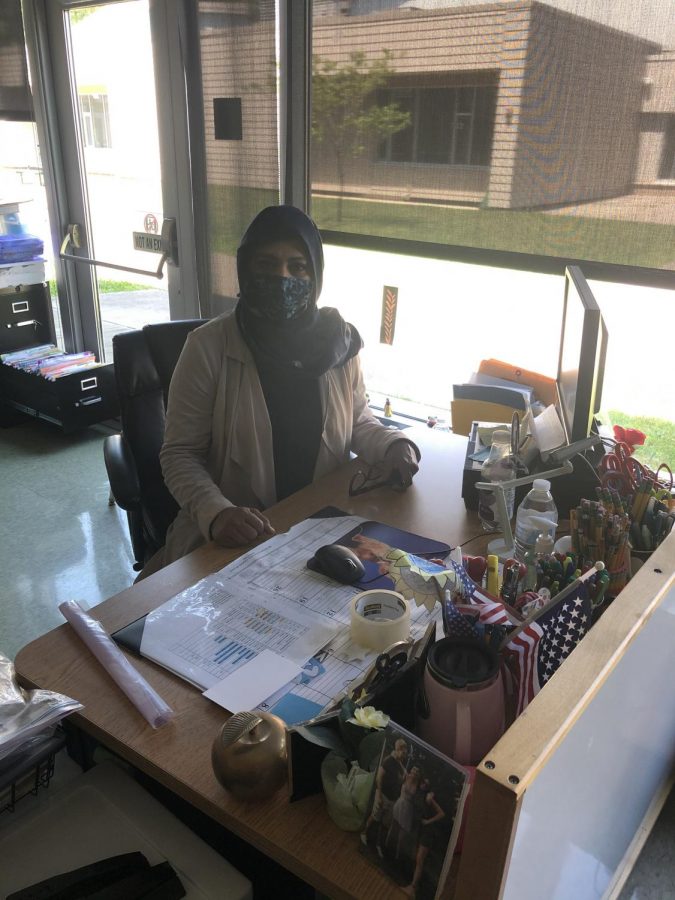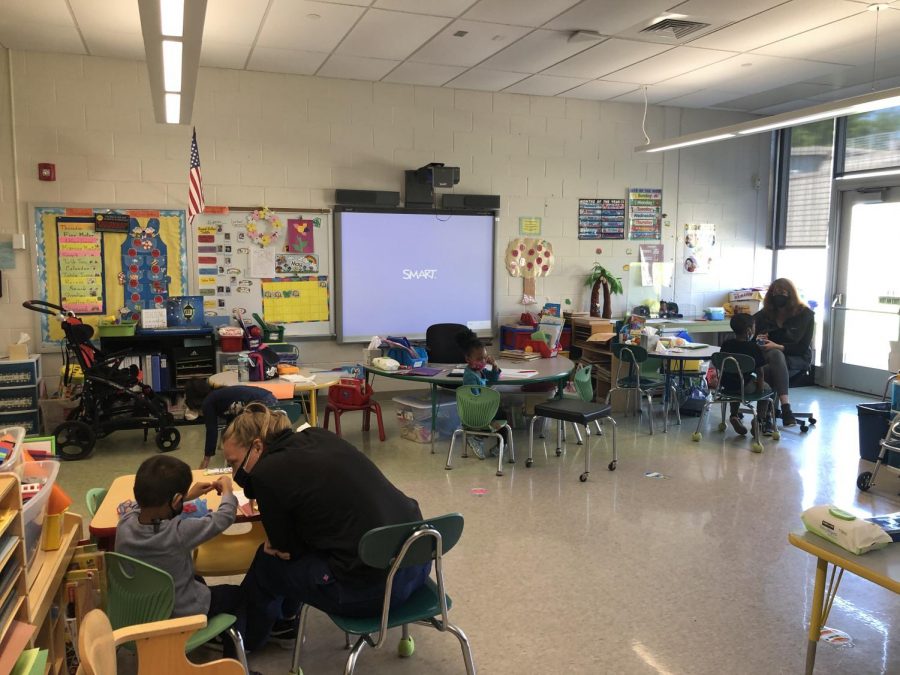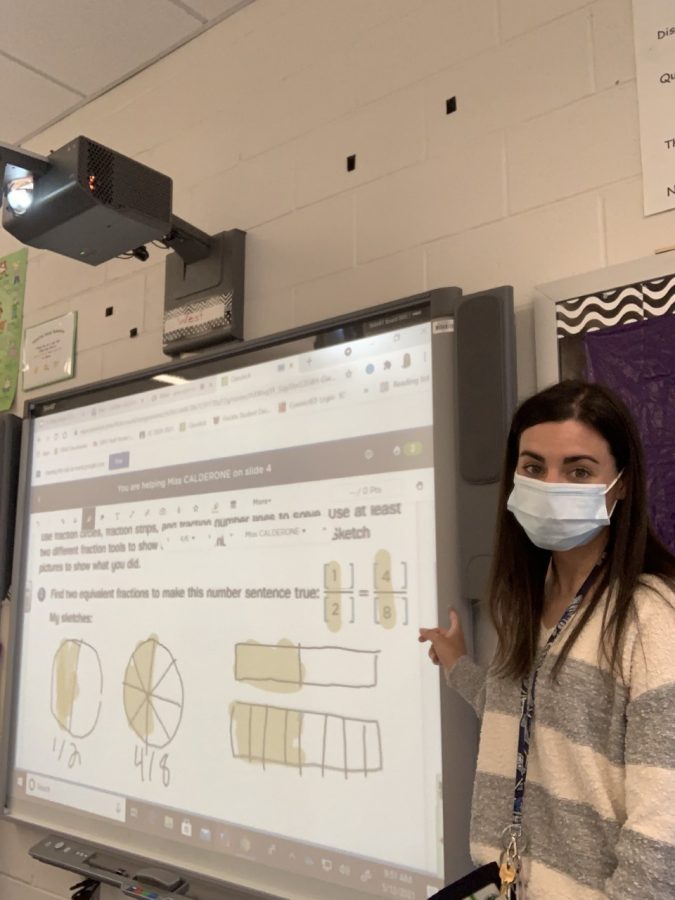What About the Kids: Inside Covid’s Effects on EB’s Elementary Schools
As school comes to an end, a whole year of interesting and eventful learning has concluded. With so many missed opportunities and so many new opportunities gained from this social shake up, I asked myself: What if Covid didn’t happen this year?
May 10, 2021
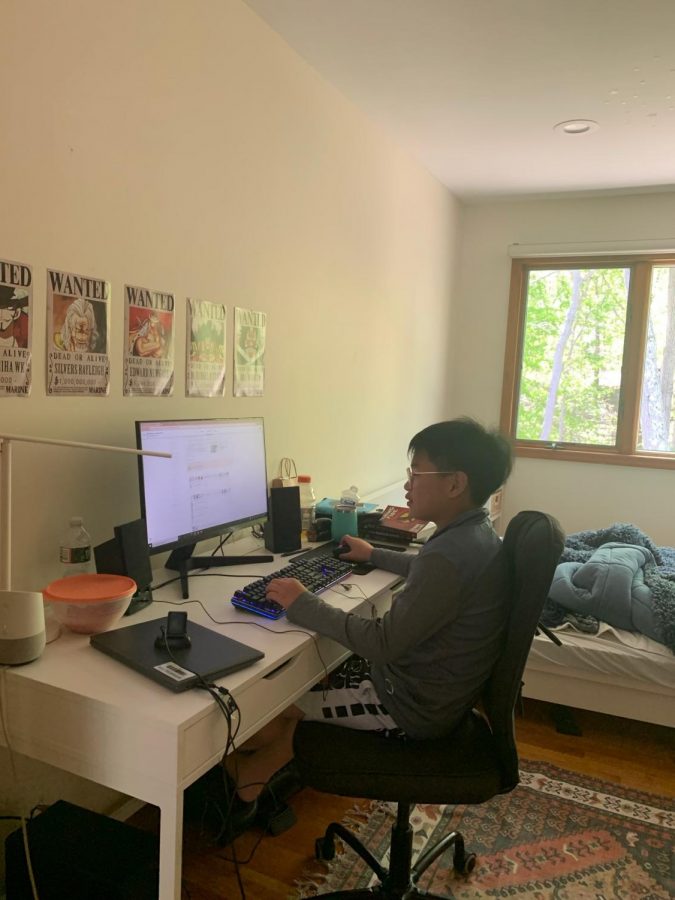
My junior year was completely turned upside down but it was easy to adapt when a lot of my school work was already online. But what if it wasn’t Covid-19? What if it was Covid-11? In 2011, I would be in the midst of 3rd grade when the virus would hit, and I can’t imagine how I would be able to learn without a teacher right in front of me. But luckily EB’s elementary schools were able to make it work.
Because there was no physical classroom to teach the students, they were moved online. Daily Zoom meetings were put in place where the students could easily communicate with other students and teachers. But we all know the walls in front of them would be more interesting than the spelling they were learning. To help with these attention issues, a parent would be nearby to make sure they were paying attention. These parents would be like the “second teacher” in the class as they would help their kids navigate through the virtual google classroom. However, the older the student, the more they could do on their own. This independency allowed them to effectively learn in the classroom. But one thing still felt off.
Bear Hub spoke to 6th grader Matthew Ham about his last year of elementary school. “The biggest challenge for me when I moved online was not being able to do things. For example, I wouldn’t be able to do sports when I moved online or I wasn’t able to hang out with my friends.”
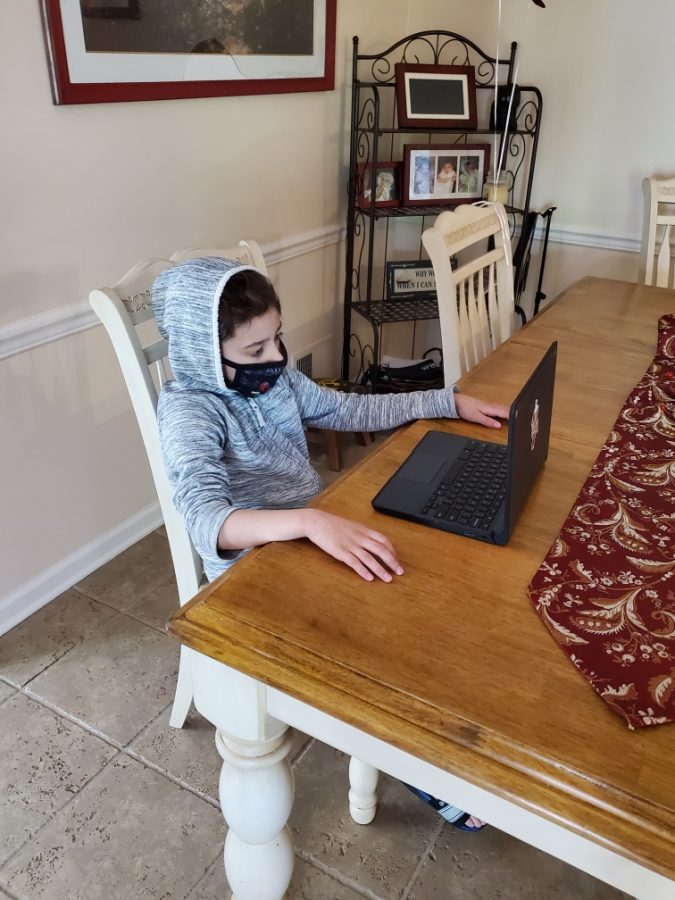
And this social life was a huge aspect to elementary learning. The students were learning their times tables and how to write narratives but they were also learning how to make friends and communicate with others. Thankfully, Matthew is still talking to his friends outside the learning setting. “I still talk to my friend even if it’s not in real life,” says Matthew. “Talking to my friends is the only fun I have, and it’s fun to talk to someone in this type of situation.” When asked what he preferred, Ham responded with, “I would prefer online a little bit more than in-person because of our safety. I did experience both sides and in person was fun, but it felt the same as online.”
And this theme of appreciating online better was shown again when speaking to 2nd grader John McSweeney. “Everything is easier online because I am on the computer most of the day. And I know how to work the computer,” he says. “I am in 2nd grade and we don’t do anything hard in 2nd grade.” Thankfully, John’s education was not affected and he is still able to go on playdates with his friends to have some social interaction.
The initial shakeup Covid had on school was a big one, but as a year has passed, the education system has successfully adapted. Learning was not put on the line due to the necessity of keeping people safe, and East Brunswick elementary students are still able to learn and grow as they should.
On the Virtual Reading Carpet
Elementary school teachers always had a huge burden on their backs. They are responsible for developing skills for their students that will be with them for the rest of their lives. And on top of this, they must cover everything in the elementary curriculum ranging from ILA to science. One period they’re discussing grammar and spelling and the next they are teaching the students about crayfish and other organisms (all without many breaks).
Class also relies heavily on face-to-face interactions, so moving everything online surely switched things up. I spoke to Laura Calderone, third-grade teacher, about what she had to say about these new times.
Q: WHAT WAS THE TRANSITION FROM ASSISTING TO TEACHING A FULL 3RD GRADE CLASS LIKE?
A: For the past four years I was a special education teacher at Memorial School. My position as an In Class Resource (ICR) teacher is a bit different that a grade-level teacher. As an ICR teacher, your focus is the implementation of accommodations and modifications to the curriculum for your students with special needs. ICR teachers work with grade-level teachers to support all the students in their class. We planned, and taught all of our lessons together. It is a great environment to have two supportive teachers, especially at the elementary level!
This year, my position changed to a third-grade level teacher. Luckily for me, most of my career has been as a special education teacher for 3rd grade, so I already knew the curriculum. Not much of my teaching practices changed (besides the BIG changes to our virtual learning practices!) I think the biggest difference in the transition between special education and grade level teaching was the opportunity to try new things independently. As an ICR teacher, I always was collaborating with my co-teacher to determine what we would plan together. Teaching your own class, you have a bit more free reign on what and how you teach each lesson. There’s great parts to both teaching situations. I really enjoy working in collaborative partnerships, because all students are getting differentiated support throughout the day. Teaching on my own this year was a great chance for me to try new things that I had not previously done when co-teaching!
Q: WHAT IS THE SAME AND DIFFERENT FROM TEACHING 3RD GRADE MATH TO HIGH SCHOOL TRACK?
A: Coaching and teaching are one in the same. Teaching younger students requires you to break down skills, especially as you introduce students new concepts. As a teacher, I am constantly modeling how to complete a math skill. There’s time for guided practice with a teacher, then independent practice where students put the skills together. I see track, especially hurdles the event I coach, in a similar light. We don’t just send athletes off to race, there’s a learning process. With hurdles, we teach one part at a time, drilling specific parts, not the whole race. As athletes progress, we can go further and work on more complex skills.
One way the two are different, is that math has that final ultimate answer. Once you have solved (and we ALWAYS go back and check our work twice too!), you have completed the task. However with track, there’s always something an athlete can improve on. Even after a race that ends with a win or personal record (PR), you can go back and watch the tape to see what improvements the athlete can make. That’s what I love most about coaching! The work is never done, we can always find things to work on to help athletes achieve and further their goals.
Q: HOW HAVE THE STUDENTS AND YOUR TEACHING STYLE ADAPTED DURING THIS TIME?
A: This school year is definitely one for the books! I have learned so much about my students’ resilience and grit, even at such a young age. My students make me laugh when they teach me something new about technology. My teaching style changed quite a bit this year with the new teaching role, but in particular I think my ability to hone in on what was most important each day had the best impact on my teaching, and my students’ success. At the core of all my teaching was my students’ social and emotional well being. We have spent a lot of time this year developing a supportive class environment. Every day isn’t easy, but when your classmates are there to help you out it makes a difference!
With the school year wrapping up, it wasn’t just the students that have learned this year. The teachers were able to adapt and learn about new technology and learn more about their students even with this distance between them. As we are transitioning back to our normal lives again, all that has been learned in this hectic year will be sure to be used in the coming years to complement the learning to come.
Learning While Teaching: A look into how Mrs. Soherwardy needed to Adapt for her Students
Learning is difficult as it isn’t always as easy to pick up new materials. Some kids pick it up in a snap while others need more time and more help. My mom, Mona Soherwardy, works with these kids at Memorial Elementary school. Her goal with her team of five other teachers is to assist these Special Education students in order to make learning as easy as possible for them. Let’s see what she has to say about special education at Memorial.
Q: WHAT IS THE BIGGEST DIFFERENCE BETWEEN TEACHING SPECIAL EDUCATION CHILDREN AND OTHER CHILDREN?
A: The biggest difference between the two types of teaching is how much attention needs to be put on the student. I used to substitute around all the elementary schools when you were at Frost, where I would sub for art teachers, homeroom teachers, and aides. With the homeroom teachers, I just needed to teach them as the teacher normally would, where my focus was on all the students. But when I substituted for an aide, it was a lot of attention to a handful of students. One was not more difficult than the other but you start to develop a close bond with the student you are aiding. You need to use modifications and different teaching modalities. This is like using different senses, sensory diet, and fine motor senses.
Q: HOW DO YOU PREPARE YOUR STUDENTS FOR THE NEXT YEARS OF SCHOOLING AND THE FUTURE?
A: I am currently an assistant teacher at Memorial for the special education children there. I have around 10 kids in my class and sometimes they stay for more than a year because it is harder for them to learn as fast as the other children. With this special attention on the student, it is easier to help them out in places they need help with. We work on their education, social, and everyday aspects. For example, we work on the days of the week, spelling, greetings, and even weather. We cover a lot of topics so the student is prepared for their future. We also need to use assessments to target weaknesses, while also making sure to develop different strengths using different strategies.
Q: WHAT HAVE YOU LEARNED FROM TEACHING?
A: Everyone has different strengths and weaknesses. We need to learn from them ways to help them and their parents learn from us how else to complement their child’s learning.
What differences were made because of COVID and how has your team adapted?
Me and the team had to learn a lot more technology. I had you and your brother help me join my Zoom meetings until the end of last year. It was also hard to keep the students’ attention with physical barriers. We would ask ourselves, “How do we teach different modalities through a computer? But we all adapted beautifully.
The students’ futures are put on top of the teachers’ shoulders, and they hold all that stress with ease. The elementary school sets up all students’ lives perfectly for the future ahead of them. There may be some bumps along the way and it may take some time and learning, but in the end, those teachers are the reason why we are here today. They taught us how to function in the real world and we can’t thank them enough.
